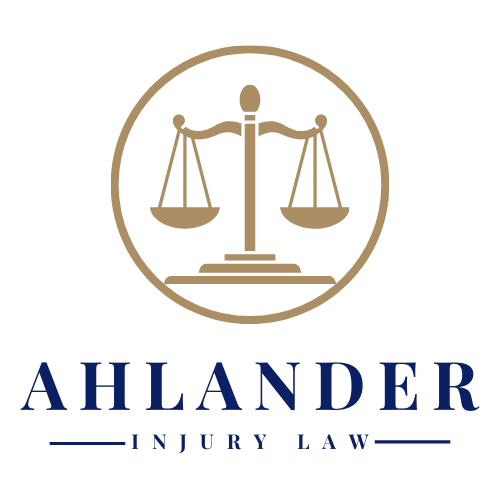Drowning Prevention & What to Do After a Pool Drowning

As sad as it is, children drowning in pools is an all too common occurrence.
According to the CDC :
- There are about 10 pool drowning deaths per day.
- Children ages 1-4 have the highest drowning rates.
- For every child who dies from drowning, another 5 receive emergency care.
Even when not fatal, “drowning injuries can cause severe brain damage that may result in long-term disabilities such as memory problems, learning disabilities, and permanent loss of basic functioning.”
What Every Public Pool Owner Should Know
Drowning prevention should be a top priority of every public pool owner.
Follow these prevention guidelines to help keep kids safe in and around your pool:
- Get all required pool inspections done yearly.
- Have a proper barrier (perimeter fencing, keyed-access doors, etc.).
- Provide properly trained lifeguards, if possible.
- Enforce safety rules.
Remember, if a pool drowning takes place on your property, the law may hold you responsible.
What Every Parent Should Know
The main factors that contribute to a child’s pool drowning (as far as what a parent can control), is a lack of swimming ability, a failure to wear a life jacket, and a lack of supervision. However, even with the most diligent, watchful eye, accidents can happen.
Medical care and funeral costs can place an enormous financial burden on your family, and no amount of money can truly pay for the emotional trauma of a drowning. That’s why it’s important to know your rights when it comes to holding a negligent party responsible for a severe injury or death.
Call for a Free Consultation about a Pool Drowning
If your child has suffered a serious injury or has died from a pool drowning, speaking with an experienced injury attorney can help ease your burden, both financially and emotionally.
Contact Ahlander Injury Law to find out if a negligent public pool owner should be held responsible for your child’s pool drowning.
The post Drowning Prevention & What to Do After a Pool Drowning appeared first on Ahlander Injury Law.





